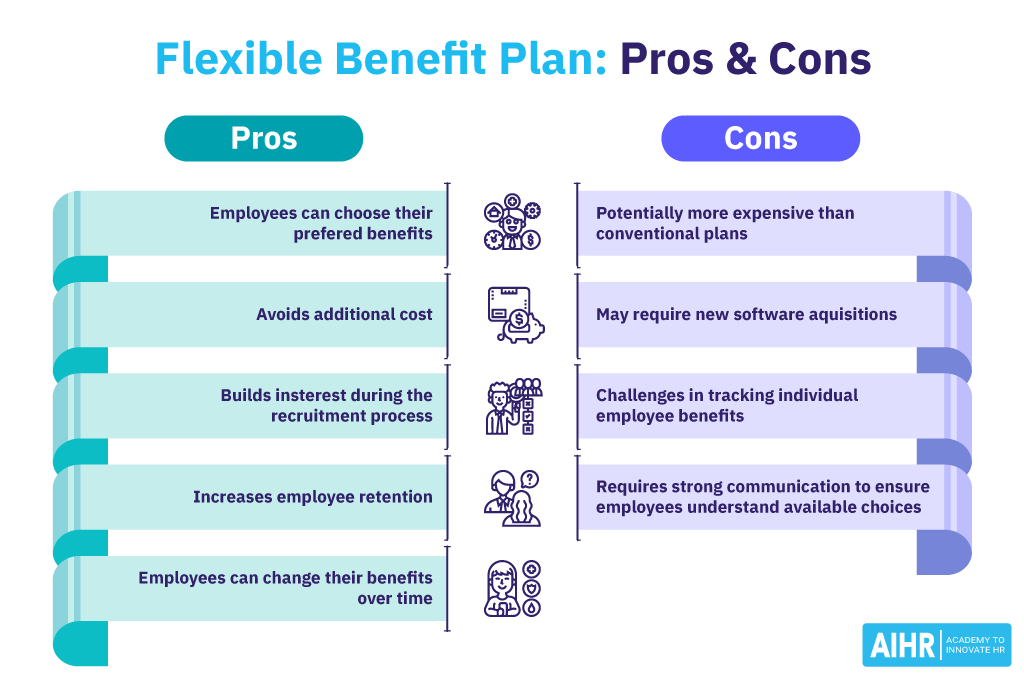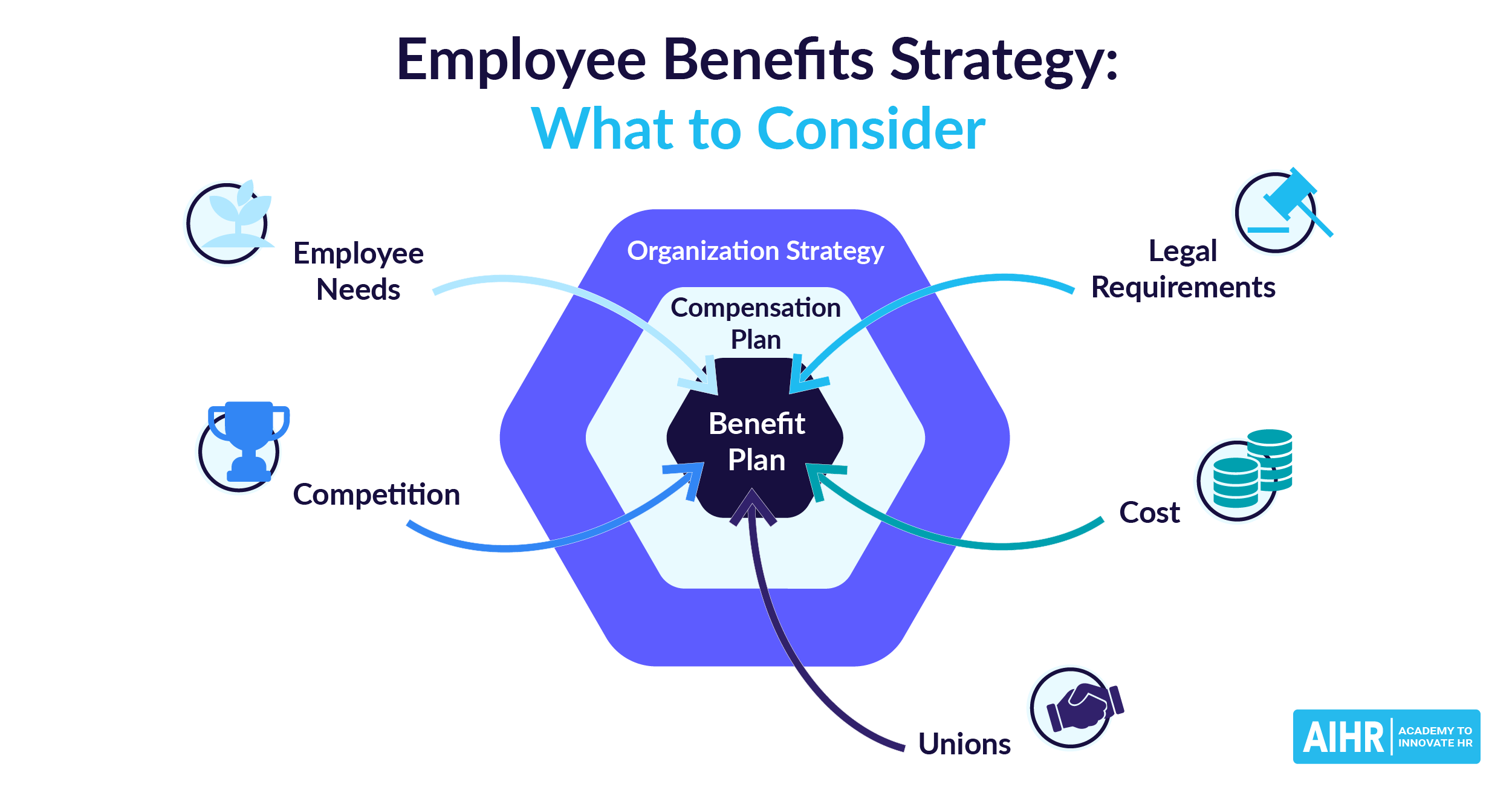Flexible Benefit Plan
What is a flexible benefit plan?
A flexible benefit plan allows each employee to choose the specific benefits they want to make sure that they are getting the best options for them while allowing your business to avoid spending money on benefits they will not use.
Like a Section 125 plan (or cafeteria) plan, this option allows employees to customize the best possible package for them.
Some common options that may be offered as part of a flexible benefit plan include:
- Health insurance
- Life insurance
- Child care
- Holiday options
- Retirement plan
- Transportation reimbursement
Advantages of a flexible benefit plan
Trying to create a one-size-fits-all traditional benefits package may be somewhat helpful for the majority of your employees, but it is rarely the best possible fit for anyone.
A flexible benefit plan can be a great way to ensure your employees can access the necessary benefits. It also can reduce the time and money your business spends on benefits that are never used. Some of the most common advantages of choosing a flexible benefits plan include:
- Gives employees the freedom to primarily choose benefits that are the best fit for them
- Helps your business avoid wasting money by providing benefits many employees do not use
- Builds interest in your company during the recruitment process, which may lead to talented individuals applying for and accepting positions
- Increases employee retention by understanding what employees want from a benefits package and catering to their needs and wishes
- Gives employees the flexibility to change their benefits over time as their personal and family needs shift

Disadvantages of a flexible benefit plan
While many employers and employees find that a flexible benefit plan is a great fit for them, there are certain drawbacks to consider. Some challenges that may be associated with choosing a flexible benefit plan instead of a traditional benefits package include:
- May be more expensive than a traditional benefit plan
- May require your organization to purchase new software to manage
- Can be challenging and time-consuming to keep track of exactly what each employee is getting
- Requires strong communication to ensure employees understand the options available to them and how to make their selections
HR tip
Offering a flexible benefit program can be beneficial for employees, but it is important to ensure that your company can sustain it in the long term to prevent negative ramifications if the program is terminated.
What is a flex allowance?
Because the point of a flexible benefits plan is to provide the specific benefits your employees most want and need, you do not necessarily want them to choose everything you have available.
Selecting a flex allowance gives each employee a set amount of money that can be used toward their flexible benefits each month (or other pay period), and they can use that amount to determine what options they want that fall below the maximum that you will spend on their benefits.
How do employees pay for most benefits when using a flexible benefit plan?
Flexible benefits coverage is often based on reimbursement. This means that instead of paying for the programs and other services your employees choose up front, they will initially need to do so on their own and submit receipts to you.
Once your HR department verifies that their choices fall within the guidelines of your flexible benefit plan, your employees can be reimbursed for their expenses.







